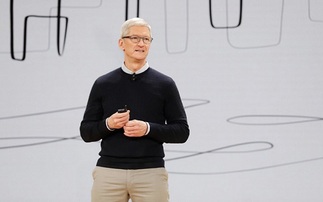Cisco's Ian Foddering is an example of a new breed of CTO: externally facing and active as an industry spokesperson
The role of the chief technology officer (CTO) is changing at many technology companies which are relying more on the technical and business acumen of the senior role to provide industry leadership...
To continue reading this article...
Join Computing
- Unlimited access to real-time news, analysis and opinion from the technology industry
- Receive important and breaking news in our daily newsletter
- Be the first to hear about our events and awards programmes
- Join live member only interviews with IT leaders at the ‘IT Lounge’; your chance to ask your burning tech questions and have them answered
- Access to the Computing Delta hub providing market intelligence and research
- Receive our members-only newsletter with exclusive opinion pieces from senior IT Leaders






















